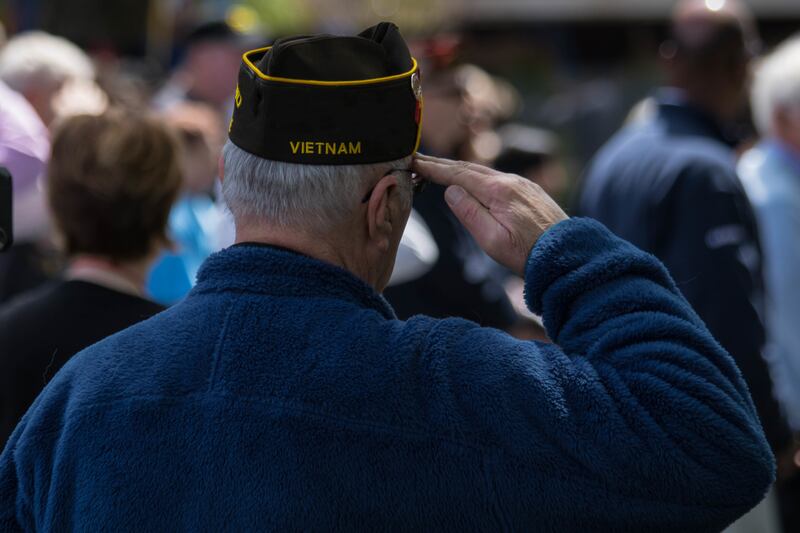During the time our military was built on the draft from 1940 until 1973, it was natural Congress would take the lead chartering quasi-public national organizations such as the Veterans of Foreign Wars to support veterans after their service. But now that we have an all-volunteer army, it’s no surprise the old model is giving way to new private-sector initiatives and partnerships.
Just as our troops are volunteers, we all must step up and find ways to support and sustain them once their service is complete, both by setting up new support organizations and making them easy for veterans to find, understand and use.
For several years now, the congressionally chartered Legion Halls have been giving way to Facebook chatrooms and the realities of modern life; the dusty job boards at the VFW are starting to yield to private services like Monster and LinkedIn.
Many will mourn the loss of these local physical gathering places. Memories loom large of stoic World War II-era veterans who, after keeping a stiff upper lip with family members at home, could find camaraderie and catharsis in letting it all out at the hall.
But the truth is, the online world brings scaled benefits — low costs, global reach, efficiency and access — that elevate the services, benefits and even social connection our veterans receive. Chatting with a few old-timers over a beer at the hall can be great, but it is in many ways limiting in today’s hyperconnected world. Skype-enabled professional counseling sessions and Facebook groups can extend a veteran’s support group, offering nationwide or global reach to his or her fellow soldiers. This can be much more impactful than the Legion Hall of old.
This tech-enabled concept holds merit, but only if vets can connect and “download.” Fewer than 70 percent of low-income veterans, however, have home broadband, and just 60 percent have a computer of their own, according to Census Bureau statistics. This digital divide should be a clarion call to action to the private sector.
The precedent has been set: All major broadband providers, including AT&T, Comcast/Xfinity and Charter, already have programs to deliver low-cost broadband to families with school-age children. The biggest of these programs — Comcast’s Internet Essentials — has already connected 6 million people to affordable broadband, and the other companies have connected millions more. The NAACP calls this the “largest experiment ever” to close the digital divide.
Historically focused on poor families with school-age children, Comcast's program is now being extended to low-income veterans. It’s the sort of corporate patriotism that should become infectious. It’s time we expected this from others.
This new bundle of resources for qualifying vets includes a $10-per-month broadband connection, a nearly free computer and outreach, education and support to make it all work. In many ways, it represents a key to the e-Legion Hall of the 21st century.
But internet access and digital literacy are just one step toward modernizing our relationship with America’s vets. Having access to information isn’t sufficient. Actually finding the information a veteran needs, especially in emergencies, is too complex in today’s world. Surprisingly, there’s no single clearinghouse for veterans information. What does exist is a chaotic, confusing tidal wave of services and organizations working sometimes at cross-purposes. Most vets find this extremely difficult to navigate.
We should map this landscape and create a one-stop hub or portal designed for the veteran. This is another initiative where the private sector with its big data expertise and user experience expertise has a major role to play.
Companies like Yelp and Trip Advisor have solved similar problems for the hungry or traveling American. They should do the same for our veteran, putting expertise in organizing ground-level information, developing “wisdom of crowds” rankings and putting evaluations to work. Applied to the veteran’s digital divide, they have a real opportunity to step up and serve.
The Legion Hall may be fading, but new online tools are rising in its place. America’s commitment to its veterans and our ability to ensure all vets get the care, services and benefits they have earned has never been greater. Working together, the public and private sectors can make sure it’s an obligation we meet.

